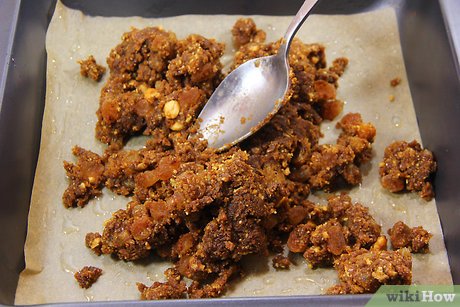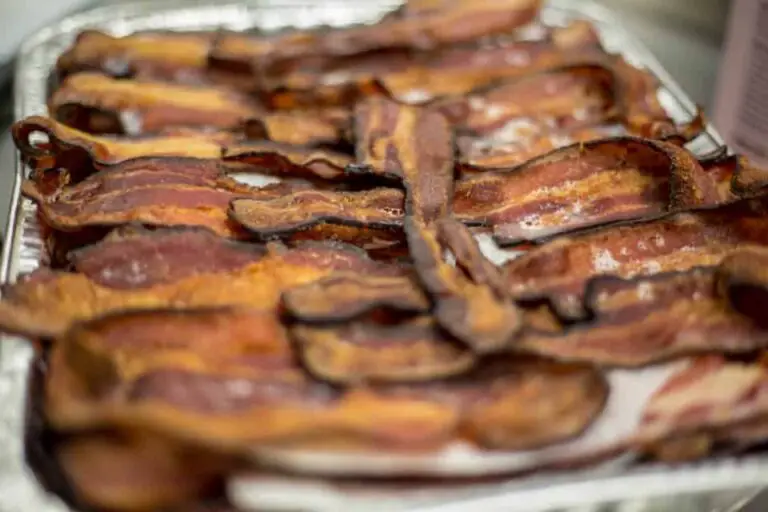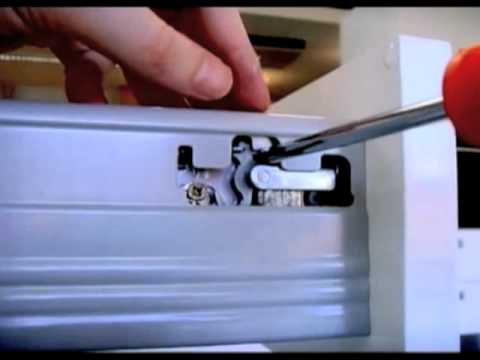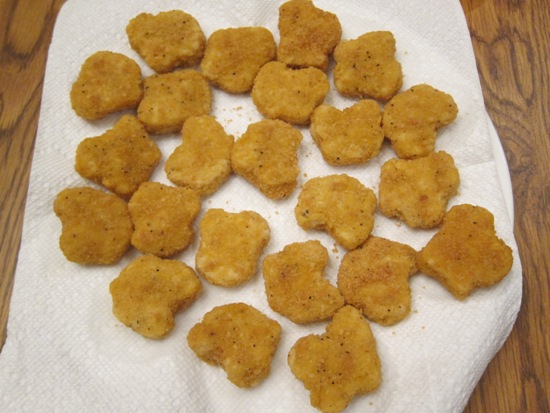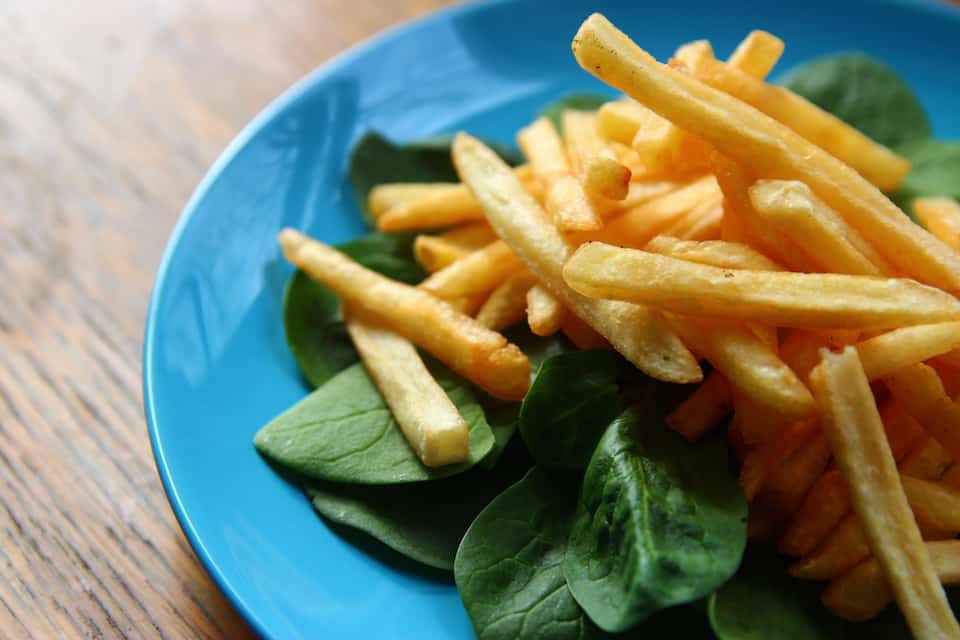Parchment paper has become a staple item in many kitchens around the world. It is commonly used to line baking sheets, and its non-stick properties make it ideal for wrapping vegetables or meat for roasting. While most people use this versatile paper without a second thought, some may wonder if it is safe to eat parchment paper.
In this article, we’ll explore the components of parchment paper, how it’s manufactured, and the potential health risks associated with consuming it.
What is Parchment Paper?
Parchment paper has been used in cooking for centuries. It dates back to ancient Egypt when the Egyptians used animal skins that were treated with salt and scrapers before being stretched out to dry into parchment sheets. Today’s parchment paper is made from high-quality wood pulp that goes through an acid bath process before drying into thin sheets.
There are two types of parchment paper: bleached and unbleached. Bleached parchment paper undergoes further processing to make it white and glossy while unbleached does not go through this treatment.
This type of paper has various uses in cooking such as lining cake pans or covering food while cooking to prevent sticking. Additionally, rolling out dough becomes much easier when done on top of a layer of parchment paper because nothing sticks to it.
Components Found in Parchment Paper
Parchment paper is coated with either silicone or quilon. Silicone-coated parchment papers offer stronger resistance against high temperatures while quilon-coated papers provide additional moisture resistance making them ideal for wrapping foods like cheese.
However, both silicone and quilon may pose potential health risks when ingested in large quantities over long periods of time.
According to a study by the National Institute of Health (NIH), continuous exposure to elevated levels of silicone oil could cause respiratory problems such as inflammation of lung tissue or fluid buildup around lungs. Quilon also contains chromium which could harm your liver if ingested consistently for a prolonged period.
It’s important to note that those who accidentally ingest small amounts of parchment paper shouldn’t panic, as the body should pass the paper through without any harm.
How Parchment Paper is Manufactured
The process of manufacturing parchment paper differs depending on the manufacturer. However, they all start with high-quality wood pulp that goes through an acid bath process to break down its fibers.
The acid bath helps create a thin and dense layer of fibers that are then rinsed in water before being spread out on drying racks. Once the sheets are dried out, they go through multiple coating processes to ensure their non-stick properties.
During the manufacturing process, there may be traces of chemicals left behind in the finished product which could pose potential health risks if ingested frequently.
Impact of High Temperatures on Parchment Paper
Parchment paper has excellent temperature resistance that makes it ideal for baking and steaming foods. Nonetheless, long periods of exposure to high heat can cause the silicone or quilon coatings to break down resulting in fumes being released from the paper itself.
Although there have been few studies done on the effects of these fumes, some suggest they could potentially cause lung irritation or other respiratory problems over time. Therefore, it is recommended not to use parchment paper at temperatures above 425°F continuously or for longer than 30 minutes.
For those who prefer baking at higher temperatures, alternatives like uncoated parchment paper exist. Always be aware of your cooking temperatures when using parchment paper and adjust accordingly.
Human Reactions When Consuming Parchment Paper
According to documented reports from around the world by people who have accidentally ingested small or larger amounts of parchment papers, there are no significant adverse reactions even though it is not recommended for constant consumption. It has been noted that most ingested pieces simply pass through without causing any harm beyond mild nausea due perhaps solely to the idea of consuming something like paper.
While there are no guarantees, knowing this may help reduce concern if you have ever accidentally eaten parchment paper. People with preexisting gastrointestinal conditions should seek medical attention immediately if a large quantity is ingested.
Informing People About Consumption Risks
It’s essential to raise public awareness on the potential health risks associated with consuming parchment paper. Here are some helpful steps that everyone can take when using parchment paper in their kitchen:
- Only use parchment paper for wrapping foods or lining baking sheets. Avoid using it as edible food packaging.
- Use unbleached parchment papers instead of bleached variations to lessen possible exposure to chemical residue.
- Avoid using parchment paper for extended cooking periods at higher temperatures (above 425°F).
- Always store your unused packaging materials away from open flames or sources of heat.
- If you’re unsure about the type of parchment paper you’re using, read the package carefully before cooking with it.
Conclusion
In conclusion, whether eating parchment paper is safe or not depends on quantity and frequency of consumption. The presence of silicone or quilon coatings, exposure to high temperatures over time, and residual chemicals left behind after manufacturing all pose potential health risks that shouldn’t be ignored.
Therefore, it’s essential to use common sense when handling and disposing of parchment papers especially during cooking times. As always, being informed and vigilant about product labels can make a significant difference in minimizing risk factors even if it seems small or negligible. Over-all, while we do not recommend eating used Parchment Papers on a regular basis, accidents happen from time to time but find solace in knowing it will unlikely cause substantial harm when consumed in small quantities – still no need to try it out!
Q&A
- Q: Can I eat parchment paper that’s been used to line a baking tray? A: No, it’s not recommended to eat parchment paper even if it’s been used for food preparation. While it’s safe for cooking and won’t release harmful chemicals when heated, eating it can cause choking or blockages in the stomach and intestines.
- Q: Is parchment paper edible? A: Technically speaking, parchment paper is made from vegetable pulp that has been treated with sulfuric acid to make it heat-resistant and non-stick. However, this doesn’t mean that you should eat it as it may contain additives or contaminants that could be harmful to your health if ingested.
- Q: What happens if you accidentally eat parchment paper? A: If you ingest a small amount of parchment paper by accident, chances are it will pass through your digestive system without causing any harm. However, if you experience symptoms such as nausea, vomiting, or abdominal pain after eating parchment paper, seek medical attention immediately.
- Q: Can I use edible wafer paper instead of parchment paper? A: Yes! Edible wafer paper is a popular alternative to traditional baking methods like using greased pans or lining trays with parchment paper. Made from rice starch and potato flour, wafer papers are transparent and thin enough to allow even cooking while preventing sticking, and they’re completely safe to consume!
